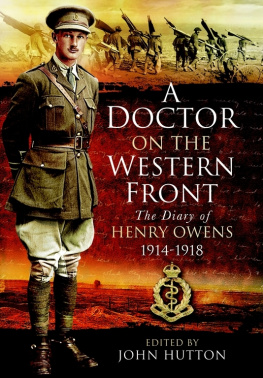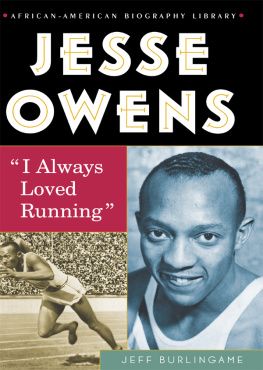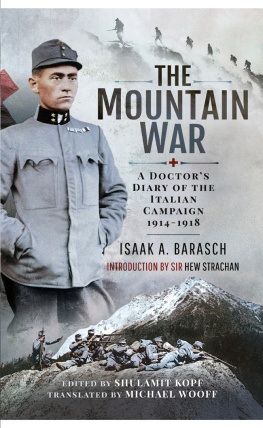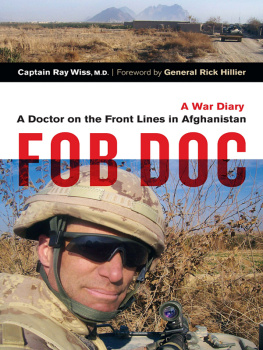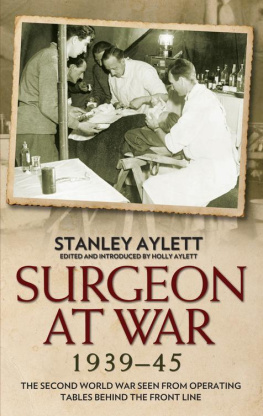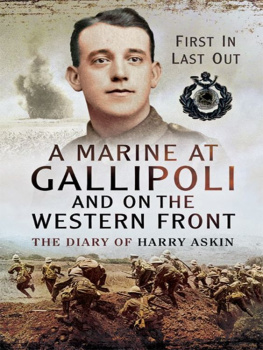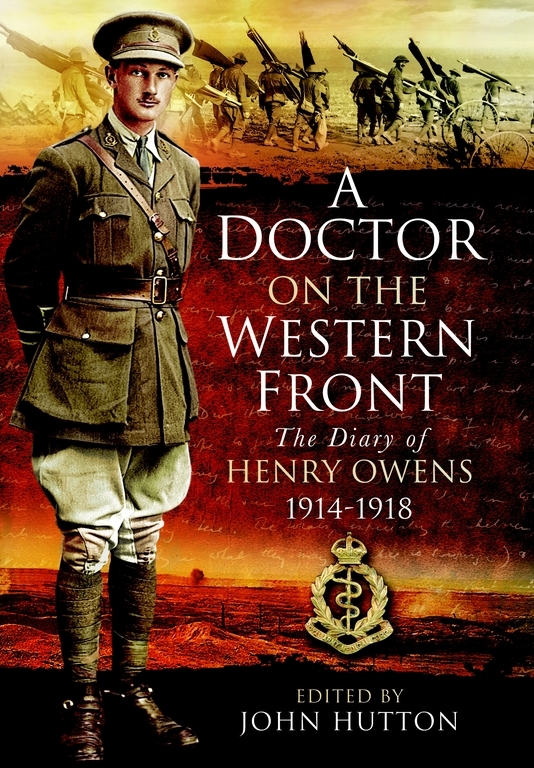Chapter 1
Baptism of Fire
August December 1914
The first units of the British Expeditionary Force (BEF) began their deployments to France on 9 August, five days after the declaration of war. These were the so-called line of communication troops who had responsibility for the railways, the supply and signalling services and other administrative headquarters. The field army the fighting troops consisting initially of four infantry divisions, split into two corps, and the cavalry division (along with the 5th Cavalry Brigade), did not begin to embark for France until 14 August. On that day, Field Marshal Sir John French, the commander of the BEF, landed in France, where he proceeded to Amiens to set up his first operational headquarters. The ports of Le Havre, Boulogne and Rouen were all used to disembark British forces. Le Havre was the principal port. The two remaining infantry divisions of the army in the UK the 4th and 6th divisions would be sent out to France within a few weeks, once the threat of invasion had passed.
The first units of the RAMC to leave for France were the sanitary sections and the stationary hospitals. No. 1 Sanitary Section arrived at Havre on 14 August. No. 2 Stationary Hospital arrived the same day at Boulogne. The first of the field ambulances arrived on the 16th. The medical services along the lines of communication were quickly established. The hospitals for all six regular infantry divisions stationed in the UK in August 1914 were all sent to France. The medical units which were directly supporting the field army took longer to move up and get into position. None of the cavalry field ambulances would reach the area of concentration before 19 August the time when the BEF would begin its move forward to push into Belgium. Only one of the field ambulances in each infantry division was in a position to move with the infantry when they started to move forward to engage the enemy.
The plans that had been so carefully drawn up in peacetime came under immediate strain as soon as the army began to deploy in wartime conditions. The problem was one of logistics. The French railway system was under enormous pressure and the fighting troops had priority over everything else. The roads were equally heavily congested. The sanitary sections were also late in getting forward, with the result that the camp sites presented something of a health hazard to the troops. In short, the troops would have insufficient medical resources with them as they went into battle for the first time in the campaign.
As soon as the field army arrived in France, it began to move up to its predesignated concentration area, which was close to the Belgian border along the River Sambre from Maubeuge to the neighbourhood of Wassigny. The cavalry division concentrated at Jeumont, Damousies, Cousolre, Wattignies and Hautmont. The II Corps concentrated to the south west of the cavalry, around the Fort de Mormal. The I Corps was gathering further to the south. Staff plans drawn up in the pre-war period envisaged the BEF operating on the left flank of the French armies. Once hostilities had started, the strategy was for the British and French forces to meet and engage the German Army, which was expected to advance through neutral Belgium. The Germans were attempting to encircle the Allied forces by executing a giant wheeling movement at a point of perceived weakness in the Allied defences. The purpose of this manoeuvre was simple to seize the channel ports and capture Paris, outflank the Allied armies and bring the fighting in the west to a rapid conclusion within weeks. Once victory in the west had been achieved, sufficient resources could then be transferred to engaging Frances ally, Russia, and her enormous army on the eastern front.
The Belgian army offered heroic but largely ineffective resistance to the Germans. They were chronically under-equipped to fight a modern war and were hopelessly outgunned and outnumbered. Very quickly, the Germans fought their way to the French border areas. The British Army began its advance into Belgium on 21 August. The first contact with the German invaders took place the following day, when a squadron of the 4th Dragoon Guards (with whom Henry would serve as a regimental medical officer) opened fire on a patrol of German cavalry just to the north of Mons, a quiet industrial town near the French border. The next day the British and German armies would come into direct and substantial contact with each other for the first time. The patriotic euphoria which marked the outbreak of the war would now collide with the grim reality of modern industrial warfare. The BEF had taken up position along the banks of the Mons Conde canal a poor defensive position with only limited fields of fire due to the heavily industrialised nature of the area. The British position also included an exposed salient looping round the town itself, making defence more difficult as its defenders would come under fire from three sides.
There was one other problem for the British at Mons. They would have to defend a total of sixteen bridges across the canal if they were to stop the enemys advance. This would spread the resources of the defenders very thinly. By the time the BEF arrived at Mons they were already feeling the effects of several days marching in hot conditions on the rough pav roads. Many of the reservists had fallen out along the way and had to be brought along in ambulance wagons. The prospects for a successful defence did not look encouraging.
Late on the evening of 22 August, the cavalry division, together with its field ambulances, was moved to take up a position on the left flank of the British line. Henry Owens and the 3rd Cavalry Field Ambulance followed the mounted troops to their new station. No one in Henrys unit had any idea of what was about to happen.
By the time serious fighting began on 23 August, the armys medical services at the front line were very thin on the ground. Many of the wounded would simply be left on the battlefield. Henry and his colleagues in the cavalry field ambulances were able to do very little to help. They had virtually no equipment to hand. Most of the hospital beds which were available near to the fighting came courtesy of either the French municipal authorities or convents and monasteries. It would prove to be a veritable baptism of fire for Henry and the cavalry field ambulance to which he was attached.
All of this lay in the future. In early August, Henry was spending the last few days of peace with his family and friends in Norfolk.
3rd August. War expected at any moment. Got a wire from Phillips saying civil surgeons were wanted for the RAMC and he had wired my name to the War Office; advised me to go and see them at the War Office as soon as possible. Beautiful day motored over to the horse show at Harleston and rode Phylliss mare Colleen in the riding class. [ Phyllis was Constances younger sister. ] A beautiful evening. Hacked back on Colleen. Basil [Francis] rode up to Norwich on his motor cycle for news.
4th August. Caught the 7 oclock train to London. Went to the hospital and found Phillips, then went to the War Office and signed on as a civil surgeon. Lunched at the Grand Hotel Grill. Went by evening train to Blaby (Leicestershire) to do a locum for Dr Couper.
5th August. Did some work in the morning. After tea a wire came from the War Office telling me to report there immediately. Dr Couper had not yet gone and said he would get another locum if he could, but war is war. He kindly motored me into Leicester. Caught the last train and taxied to War Office. See Colonel Burtchaell who told me to come back tomorrow at 10.30am.

